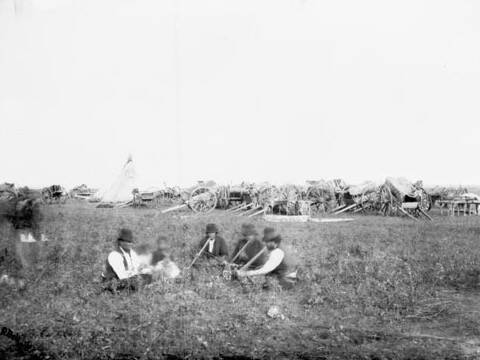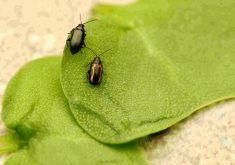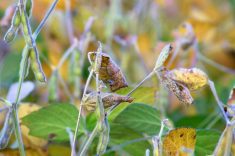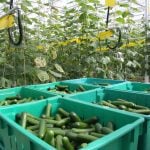The discovery that clubroot races uncontrolled by resistant canola varieties are widespread in Alberta underscores how important it is for Manitoba to nip this potentially devastating disease in the bud.
“Genetically resistant varieties are not going to work long term,” said Anastasia Kubinec, Manitoba Agriculture, Food and Rural Development’s oilseed specialist in reaction to the news from Alberta May 8. “We need to identify this pest in Manitoba and use various strategies, including crop rotation to help keep clubroot in check. It’s well documented that longer crop rotations can really cut the number of clubroot spores in the soil and lessen the impact and economic damage.”
Read Also

Diversifying Canada’s economy means bucking north-south trade patterns
U.S. President Donald Trump has been a cold wake-up call for Canadians, and we may have to choose between maintaining our cultural values and the allure of economic integration, Laura Rance writes.
The first step is for Manitoba farmers to test their fields to see whether the pathogen is present.
“If you do have clubroot, the resistance trait could be very important,” she said. “If you tested and you don’t have clubroot you might not choose that (clubroot-resistant) trait.”
Farmers who plant resistant canolas do not risk selecting for resistant clubroot races if they don’t have clubroot, but they could be if they do. That’s why it’s critical to know if the disease is present or not.
With the help of several programs, clubroot soil tests at the new Pest Surveillance Initiative (PSI) laboratory in Winnipeg can cost as little as $25.
In Alberta it’s not unusual to find a billion clubroot spores per gram of soil compared to just 10,000 in Manitoba, Kubinec said.
As of last year Manitoba had 13 confirmed cases of clubroot in 10 municipalities. Eleven of them were based on soil tests, with no visible symptoms in canola plants. In the two cases where plants were infected, the symptoms were minor. Updated information will be released in a couple of weeks, Kubinec said.
The hope is finding where clubroot is in Manitoba will help with controlling it through crop rotation, sanitation (biosecurity) and planting clubroot-resistant varieties when appropriate. That’s why there’s an extensive clubroot detection survey underway.
European and local preliminary research shows clubroot has a half-life of four years. With 100,000 clubroot spores per gram of soil, symptoms can show up in canola.
“If you don’t grow canola for four years… it drops to 50,000 (spores per gram) so you’re not seeing symptoms,” Kubinec said in an earlier interview. “If you can wait another four years then you drop to 25,000 and that’s getting pretty low. So rotation is a huge component to managing the disease and also reducing the concentrations in the field so that you’re not building up levels to see symptoms.”
In early 2014, University of Alberta researcher Stephen Strelkov identified the presence of a different clubroot pathotype virulent on current forms of clubroot resistance, the Canola Council of Canada (CCC) said in a news release. Further field surveillance in 2014 by Alberta Agriculture and Rural Development and the CCC confirmed that clubroot pathotypes capable of causing high levels of disease in resistant cultivars were present in 16 of 27 fields investigated across Alberta.
“The clubroot pathogen isolated from many of these fields was virulent on all clubroot-resistant cultivars,” the release said. “It is suspected that there may be multiple pathotypes causing this loss of function of clubroot resistance.”
“These new fields aren’t clustered around the original location of resistance breakdown,” said Dan Orchard, the CCC’s agronomy specialist and clubroot lead. “They are hundreds of kilometres apart and throughout the clubroot-infested areas of the province. We need to continue to focus on both minimizing the spread of these new pathotypes and the buildup of resting spores in all fields.”
Clubroot is soil-borne and therefore spreads on equipment. Cleaning equipment can reduce the spread.
“The level of sanitation should be based on the level of clubroot risk, but at least 90 per cent of clubroot spores that move from field to field can be stopped by just scraping off 90 per cent of the soil,” Orchard said.
















